Portion Distortion: “Super-Sized Meals, Ultra-Thin Bodies – A Society Gone Wrong!”
“Super-size me!”, “Biggie, please!”, “I’ll have a King Size!”, “Make it a Double-Double!” The food portion sizes ordered in restaurants and eaten at daily meals have increased in size during recent years. Isn’t it ironic that Americans, with their obsession to be thin and to go on diets, have added larger food portions to their plates? This obsession with dieting has lead to an unhealthy pattern of yo-yo dieting and weight cycles.
- While dieting may not be the answer, controlling portion size is important to our health. The amount of food you eat plays an important role in maintaining a healthy weight and preventing weight gain, which commonly occurs during substance abuse recovery.
- So, how do you decide your portion size? How do you determine the amount of food you serve up at dinner, for a snack, or other eating occasions? Distorted portions are found in meals (i.e., supersized, fast food combos), beverages (i.e., biggie drinks or ventí lattes) and even snack foods (i.e., king size candy bars or family size popcorn).
- Serving up the right portion size varies from person to person. Below are some helpful measuring tips to determine how large a portion size might be: 1
- 3 oz. cooked meat, fish or poultry = a deck of playing cards
- 1 cup = 1 baseball
- ½ cup = ½ baseball
- 1 teaspoon = tip of a thumb (to the first joint)
- 1 tablespoon = 3 thumb tips
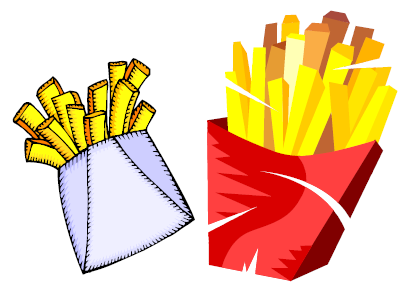


Tips to Help You Choose Sensible Portions2
When dining out:
- Order an appetizer instead of the entrée (beware of fried appetizers).
- Ask for the lunch portion. (You might have to pay dinner prices, but it beats the extra calories.)
- Resign from the “clean your plate club" - when you've eaten enough, leave the rest or ask for a "doggie bag."
- Ask for salad dressing to be served "on the side" so you can add only as much as you want. Instead of pouring the dressing on, try dipping your fork in the dressing then eat your salad.
- Order an item from the menu instead of the "all you can eat."
At home:
- Once or twice, measure the typical portion of foods you eat often. Use standard measuring cups. This will help you estimate the portion size of these foods and similar foods.
- Be especially careful to limit portions of foods high in calories, such as cookies, cakes, other sweets, and fats, oils and spreads.
- Try using a smaller plate for your meal.
- Put sensible portions on your plate at the beginning of the meal, and don't take "seconds."
Dining Out – Making Better Choices “…Because Not All Salads Are Healthy!”
How can dining out affect your diet? It depends on where you eat, what you eat and how much you eat. For example, fresh, green salads with a light dressing are low in fat and calories. However, many salads found in restaurant salad bars such as macaroni salad, potato salad and coleslaw are mayonnaise-based and can be high in fat and calories. Making good choices is important!
Words on Menus Signaling Lower Fat Content - Choose these MORE often:
- Grilled
- Baked
- Steamed
- Au jus
- Barbecue sauce
- Lightly stir-fried
- Poached
- Roasted
- Tomato-based
- Broiled (without fat)
- Teriyaki
- Dry (broiled in lemon juice or wine)
- Braised
- Boiled
Words on Menus Signaling Higher Fat Content – Choose these LESS often:
- Buttered
- Crispy
- Au gratin
- Breaded
- Pastry
- Sautéed/basted
- Hollandaise
- Casserole
- Béarnaise sauce
- Prime
- Pot pie
- Marinated (in oil or butter)
- Creamed, creamy
- Creamy dressings (i.e., ranch)
- Parmesan
- Rich
- Fried (pan or deep-fried)
- Cheese sauce
- In gravy
- Escalloped
Healthful Menu Choices from Different Types of Restaurants:
Mexican
- Fajitas
- Soft tacos
- Mexican rice
- Salsa
- Bean burritos
- Whole beans
- Corn tortillas
- Picanté sauces
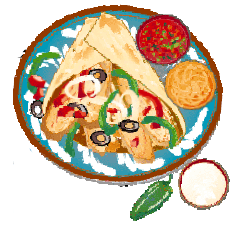
Italian
- Meatless, tomato-based sauces with pasta (Marinara)
- Chicken dishes (not breaded)
- Cacciatore
- Manicotti
- Thin crust pizza with vegetable toppings
- Pasta primavera (without cream sauce)
- Minestrone soup
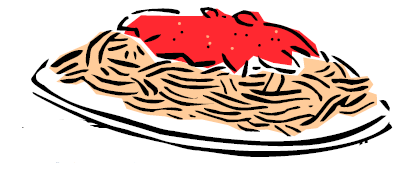
Chinese
- Steamed/stir fried vegetables, meats, tofu or seafood
- Steamed rice/brown rice
- Won ton, hot & sour or other clear soups
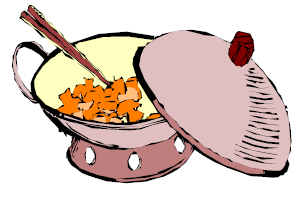
Steak House
- Grilled, broiled, stir-fried or roasted meats
- Lean meats: Round, sirloin, London broil, tenderloin, flank steak
- Skinless chicken
- Plain baked potatoes
- Salads – easy on the dressing; order on the side
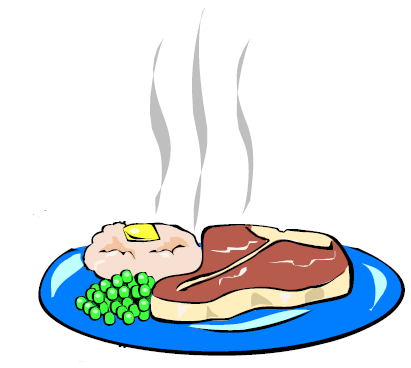
Salad Bar
- Lettuce
- Broccoli
- Radishes
- Spinach
- Carrots
- Beets
- Garbanzo, kidney & other beans
- Reduced fat dressing
- Mushrooms
- Cucumbers
- Green peppers
- Tomatoes
- Cauliflower
- Fresh fruit
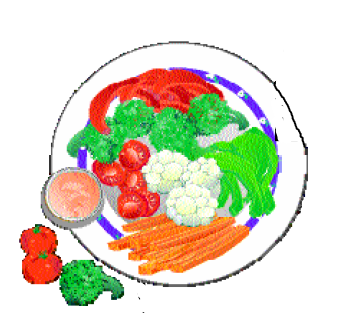
Seafood
- Steamed, poached, broiled or grilled
fish/shellfish
- Tomato-based sauces
- Lemon or cocktail sauce
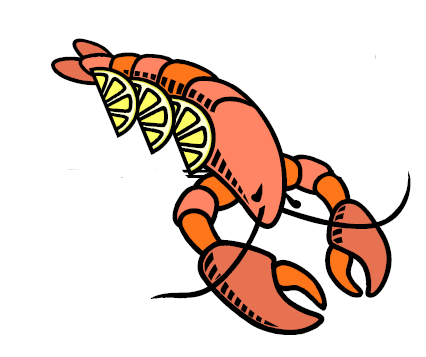
Fast Food – Making Better Choices “…Because Not All Burgers Are Bad!”
Fast food meals may be very high in fat and calories. Be selective about what you choose. The following fast food items have no more than 15 grams of fat and get no more than 40 percent of their calories from fat:3
Panda Express®*
- Tangy Shrimp
- Chow Mein
- Hot & Sour or Egg Flower Soup
- Steamed Rice
- Veggie Spring Roll
- Mandarin Chicken
Burger King®*
- Whopper JR® Sandwich w/o mayo
- Ham Omelet Breakfast Sandwich
- Tendergrill® Chicken Sandwich
Taco Bell®*
- Soft Taco (Beef)
- Soft Taco Supreme (Beef)
- Bean Burrito
- Ranchero Chicken Soft Taco
- Spicy Chicken Soft Taco
- Grilled Steak Soft Taco
McDonald’s®*
- Egg McMuffin®
- Hamburger
- Cheeseburger
- Premium Grilled Chicken
Sandwich
- Ranch Snack Wrap with (w/)
Grilled Chicken
- Southwest Salad w/ Grilled
Chicken**
- Caesar Salad w/ Grilled Chicken**
- Asian Salad w/ Grilled Chicken**
- Bacon Ranch Salad w/ Grilled
Chicken**
- Snack Size Fruit & Walnut Salad
- Fruit ‘n Yogurt Parfait
**with low fat dressing
Kentucky Fried Chicken®*
- Chicken – Breast without (w/o) skin
or breading
- Roasted Caesar Salad w/o
dressing & croutons
- Roasted BLT Salad w/o dressing
- KFC Snacker®, Buffalo
- Oven Roaster Twister® w/o sauce
- Tender Roast® sandwich
- Mashed Potatoes and gravy
*Brand names are used for illustration purposes only and do not constitute an endorsement by Cooperative Extension
Practice: “Tackling my Issues! Developing a Personal Plan!”
Activity: Next time you eat in a restaurant or fast food place, try out one of the above suggested tips on limiting portion size.
What did you do? What did you learn from doing this?
Something to think about:
Does your family have healthy eating habits when it comes to portion size?
References:
- “Portion Distortion” by the National Heart, Lung and Blood Institute. Available at NHLBI.
- Mohave County WIC. Avoiding portion distortion. Revised August 25, 2004.
- Nutrition Facts available at: Burger King; KFC; McDonald's; Panda Express; Taco Bell.
Lindsay, A., Wilson, M., & Velasquez, S.
2007,
Have it Your Weigh! Portion Sizes & Dining Out,
UNCE Fact Sheet FS-07-46.


